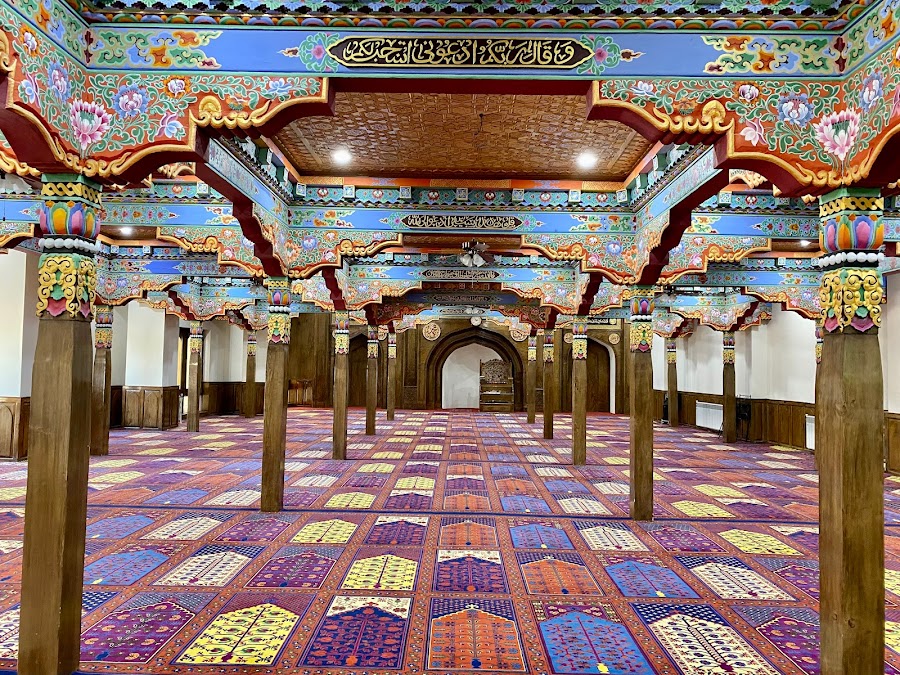
Jama Masjid
Leh, India
- Explore the mosque's architecture
- Learn about the mosque's history
- Witness local religious practices
Known for:
Description:
Jama Masjid in Leh, Ladakh, is a prominent historical mosque showcasing a blend of Islamic and Tibetan architectural styles. Its grand wooden entrance and prayer hall adorned with intricate carvings are captivating. The mosque's peaceful ambiance offers a tranquil escape amidst the bustling town. Visitors can witness the local Muslim community's religious practices and experience the unique cultural fusion of the region. Remember to dress respectfully when visiting this significant religious site. Photography inside the main prayer hall may be restricted during prayer times.
History:
Jama Masjid in Leh dates back to the 17th century, constructed during the reign of King Deldan Namgyal. It stands as a symbol of the agreement between the Mughal emperor Aurangzeb and the Ladakhi king, signifying religious tolerance and peaceful coexistence. The mosque's architecture reflects the influence of both Islamic and local Tibetan craftsmanship, evident in its wooden pillars, intricate carvings, and spacious prayer hall. Over the centuries, it has served as a vital center for the local Muslim community, hosting prayers, gatherings, and festivals.